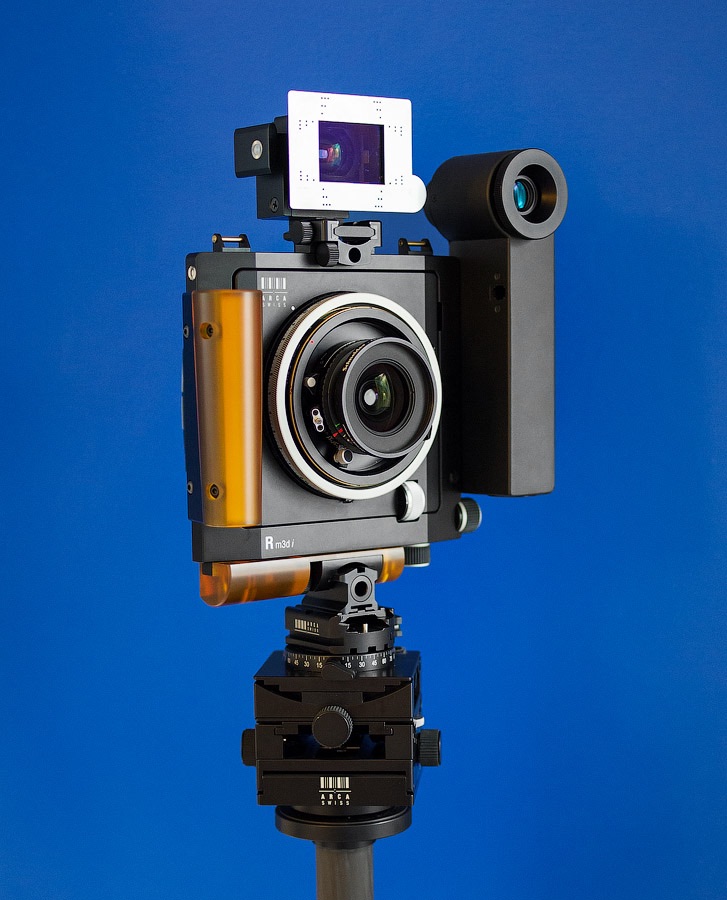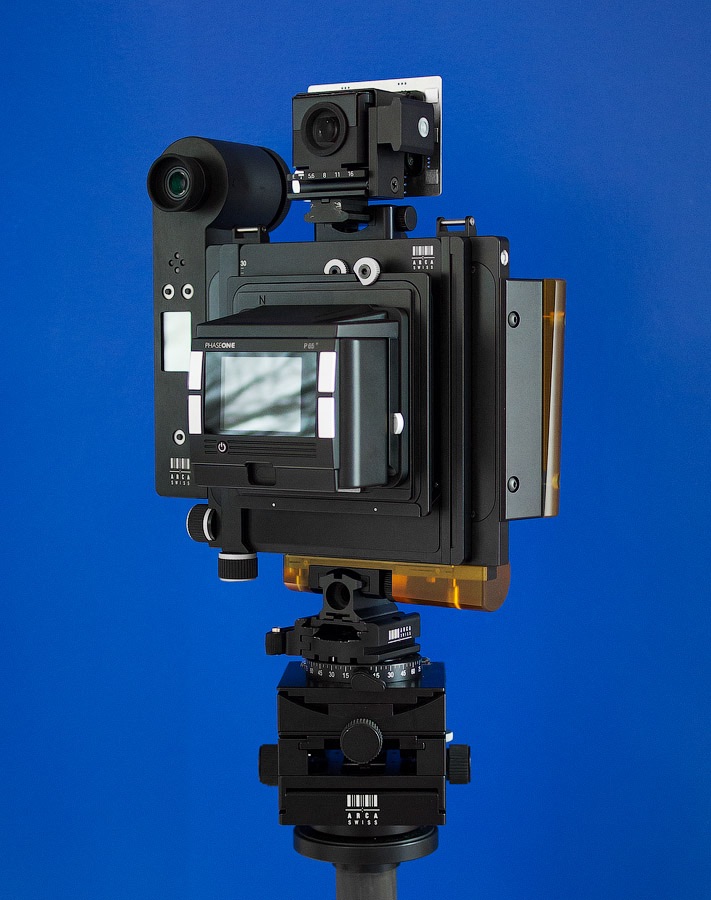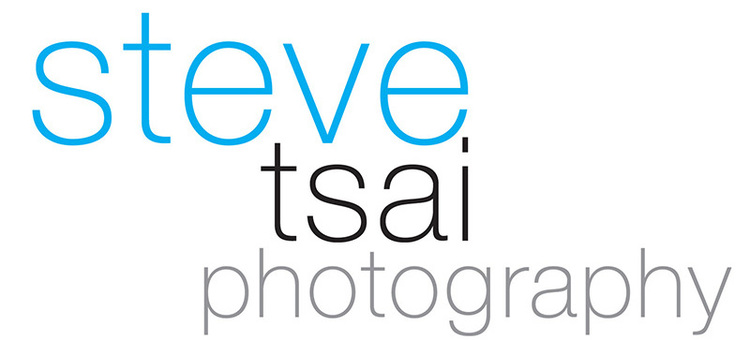Medium Format Digital
A little Tech Cam dance - Arca Swiss Rm3di
A fun little throwback to 2014 with the R and e-module cloud. You can also see some more behind the scenes shoot tips in the zoomfinder article! [video width="1920" height="1080" mp4="http://stevetsaiphotography.com/wp/wp-content/uploads/2016/08/arca-rm3di-rotation.mp4"][/video]

 This documents the setup with e-module cloud and the 8 year old Phase One P65+ back. Finally have the opportunity to upgrade to IQ3 60 this year and catch up with modern features. I still miss the work horse P back in some ways, it is solid and stands as an industrial design history piece :-)
This documents the setup with e-module cloud and the 8 year old Phase One P65+ back. Finally have the opportunity to upgrade to IQ3 60 this year and catch up with modern features. I still miss the work horse P back in some ways, it is solid and stands as an industrial design history piece :-)
Zoomfinder report
This is a mirrored post of an user report article published on Steve Huff Photo. For those of you that missed it, here it is :) Hello everyone, I have stumbled across an invaluable side benefit of a zoomfinder in my photography process and would like to share my experience with it. It is for wide angle application and architectural interior photography in this report, but hopefully it can be beneficial for other applications as well!
For those unfamiliar with a zoomfinder, it is an external finder with a zooming capability for compositional aid, typically used on a rangefinder or a non mirror-reflex camera. It mounts to the hotshoe and there are a few choices out there. In my case I use the Voigtlander Zoomfinder, Arca Swiss Vario Finder, and to a small extent the Alpa eFinder App on the iPhone.
Framing aid Apps on the smartphone is pretty handy indeed but the requirement of an external wide angle lens adaptor and the annoyance of dealing with electronic device where multiple button presses, non-instantaneous viewing, and concerns of battery life hinder the speed and usability for me so I am skipping it in this report.
Below are brief descriptions of the zoomfinders in use:
The Arca Swiss Vario Finder This is a clever device designed for Arca Swiss technical cameras. Here is my friend Silvia demonstrating the finder!
Along with different masks it simulates framing including rise/fall and shifted lens positions. Users zoom the housing to desired lens focal length marking and put a corresponding metal mask on the front which clips on by the recessed magnets in the front frame. There are 3 masks in total but for my use I only need 2 of them. My finder is an older design, newer finders have guided pin slots which is even cooler for keeping orthogonal movements.
The mask can be slid in both axis to show movement - each dot simulates 5mm of movement and can be seen through the viewfinder. Here is a view that simulates 10mm of rise and 10mm of left shift.
The image quality is nice and bright, with apparent barrel distortion, gets much better when zoomed in though. The image appear to be slightly blurry on the periphery if your eye is not in the right position or not square to the eyepiece which acts as a clever visual feedback to put your eye in the right position for accurate framing. The proportion is 4:3 which corresponds to medium format digital back sensor size.
Here is how it looks like when mounted on the technical camera, it has mounting foot for both landscape and portrait orientation.
Voigtlander 15-35mm Zoomfinder This a well designed and solidly-built finder which operates similar to a zoom lens. There are notched positions for focal length presets similar to aperture ring on a M rangefinder lens and has a built-in diopter on the eyepiece. Depending on the model it will also indicate equivalent focal lengths for various cropped sensors. In use on a rangefinder it is a bit of a dance as Steve explained in a previous post . Metering and framing are carried out by viewfinder on camera and the Zoomfinder separately. Due to the larger distance it mounts away from the lens, parallax effect is more exaggerated for closer distance subjects with the super wide lenses. Here is how the zoomfinder looks like when mounted to the M9-P.
The experience is similar to an SLR where views are masked instead of frameline overlay of a rangefinder, there is a dotted line on top to indicate close range frame edge. The images quality is excellent, distortion is very mild and zoom simulation works extremely well. There is slight fringing if you point at bright sources. The proportion is 2:3 which corresponds to small format sensor size. Here is a comparison showing 15mm and 35mm views, note the slight fringing.
Now to the main point of the article - how the zoomfinder can make our lives easier. For years I have looked for solutions that will help with certain challenges I encounter on a shoot - which the zoomfinder eventually solved for me.
Here are the benefits:
1. Scouting Aid Prior to the shoot, one can go around the space and preview contemplated scenes using various focal lengths in a very nimble fashion. For architectural interiors, one frequently gets pinned to confined space during framing, it is much easier to handle and preview with such a small and light device.
2. Visualization and Focal length selector For those of us sensitive to the compositional impact related to exaggeration of perspective inherent in various wide angle focal lengths it is sometimes hard to choose the proper prime lens without preview. The zoomfinder shows the effect in combination with the physical distance to the subject. You can quickly decide if you want to stand back and use a 28mm or get closer and use a 24mm along with the look of each lens. It is such a time-saver. The relatively low optical distortion in the viewfinder just makes the preview actually enjoyable and non-distracting compared to lower grade viewfinders.
3. Stitching Preview For those of us that use shift lens and stitching capture workflow it is hard to see the composition during the shoot. Through my own tests I have worked out equivalent focal length of the stitched focal length. The 24 PC-E becomes 18mm with cropped sides or 21mm safe frame. The 45 PC-E becomes 28mm with cropped sides or 35mm safe frame. Safe frame is for cropping out the corner vignette when maximum shifts are used. You can quickly preview the finished image with the zoomfinder. Here is an image that shows 3 images from capture and the finished stitch.
4. Camera Position Aid The effect of camera height is very important in interiors. With the viewfinder I can preview the scene and determine exact camera position very quickly. Once I identify the desired position, I will hold the zoomfinder in place with one hand and then drag the camera + tripod over with the other hand to match the optimal position quicker and then fine tune to suit.
For the benefits above, the zoomfinder has become so invaluable that I carry it on me during the shoot at all times. Previously I used a mini ballhead along with a tripod button and a safety noose.
Early on in the year I dug into my luthier roots and made a stabilized hardwood handle for it. A belt clip gun holster provides easy reach and secured carry. I often have to move furniture and arrange items in the scene so the belt clip is the best carry as it will not swing around during active motions.
I know this is a very specific application and a small camera with a wide zoom can achieve the same function. However the small size and simple, convenient use during a physical shoot just makes it so much easier for me. If there is a wish to make it even better… a 15 to 50mm zoomfinder would make it out right amazing although definitely not at the expense of distortion though! The experience is so important and can make your shoot enjoyable when scenes do not appear warpy like a Salvador Dali painting. I have considered a dual hot shoe that mounts both the zoomfinder and a separate 50mm finder but it will make the size much larger and stability would be of concern.
If one can make a custom precision mount that adapts the zoomfinder to a smartphone it can be used as a good quality wide angle zoom adaptor as well. Maybe it will be a project for the DIY crowd with a 3d printer out there!
Maybe in 5 years google glass will have a thought controlled view window that can zoom and crop to simulate a viewfinder - consider this a free idea if anyone wants to take this on with crowd sourcing!

















